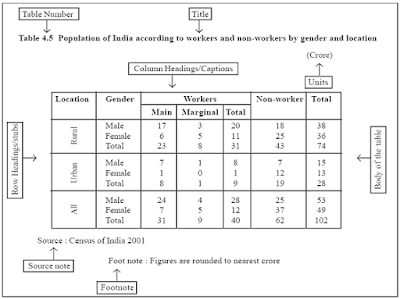- Lipid bilayer + embedded proteins
- Selectively permeable - controls movement of substances
- Phospholipid bilayer
==> Hydrophilic head - water soluble
==> Hydrophobic tails - water insoluble- Bilayer - Two layers
- Basic structure of cell membranes
Membrane Transport
Based on the permeability a membrane is said to be:
1. Permeable: If a substance passes readily through the membrane
2. Impermeable: If a substance does not pass through the membrane
3. Selectively permeable: If the membrane allows some of the substances
to pass through but does not allow all the substances to pass through it.
Substances are transported across the membrane either by:
1. Passive Transport or 2. Active Transport
1. Passive Transport
- Cross membrane with no energy
- movement from high concentration to low
Diffusion
- Diffusion is the movement of molecules from an area of high concentration to an area of low concentration
Osmosis
- Osmosis is the passage of water across a membrane from an area of high concentration to an area of low concentration
2. Active Transport
- Requires chemical energy to cross(ATP)
- Movement from low concentration to high






















